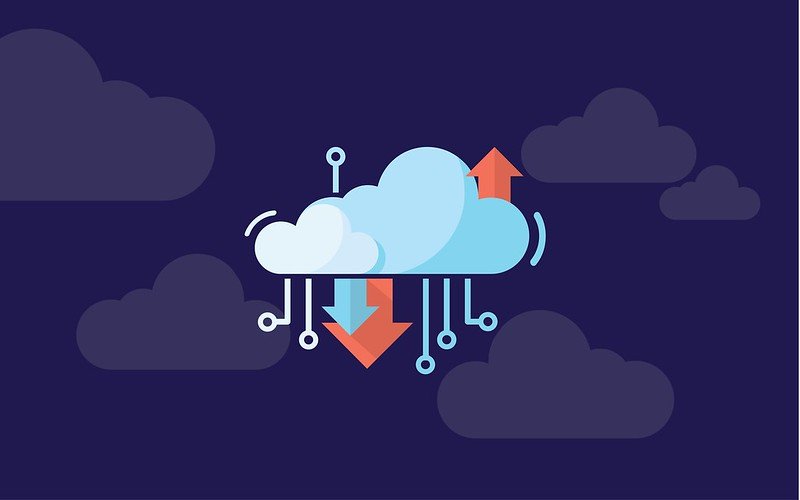Nowadays, supply chain management is vital for business success in the modern world. By integrating cloud computing into the supply chains, firms have been able to achieve better efficiency, flexibility and scalability. Nevertheless, with such integration, it becomes necessary to recognize the risks and learn how to mitigate them. The article dwells on the supply chain risks associated with the use of cloud computing, and the ways to its solution.
Understanding Cloud Computing in SCM
Cloud computing has fundamentally changed the operation of supply chains. It is a platform designed to provide services using real-time sharing for collaboration and analytics. Organizations can locate supply chains in the cloud, using a web-based application to manage the SCM activity . This may bring more benefits and cost savings for the decision-making process and enhance customer satisfaction.
Identifying the risk
Having said that, numerous risks have to be taken into account:
- Data security and privacy: first of all, it is essential to emphasize the security and privacy of the data. The most significant risk is a data breach since supply chains deal with sensitive information, including customer and vendor data, insights or intellectual property. While the stored data is in the cloud, it remains a target for cybercrime.
- Service availability: the provision of cloud services fully depends on the availability of the internet. The failure of this provision, whether technical disturbance or cyber attack, may erase the service. Ultimately, it leads to downtime, which is critical if the time limits of the delivery are tight.
- Concerns related to compliance and legal rules: the companies have to be sure that the laws regarding data protection and location are not violated by their service provider .
- Dependency on Service Providers: Being too dependent on cloud service providers is dangerous. If the provider goes out of business, stops providing the services or faces technical problems, it affects directly the supply chain.
- Integration Challenges: It is not always easy to integrate cloud computing into an existing SCM system. If the technologies are incompatible, it leads to the accumulation of silos.
Mitigating the Risks
Given the possible risks, one shall take the following preventive measures:
- Due Diligence: Before making the final decision, make sure you have comprehensive information on security solutions, the level of preparedness of the provider, and its compliance with standards.
- Security Tools: Implement encryption, multifactor authentication, and make regular security evaluation of the collected data.
- Contingency Plan; Have data backup and disaster recovery plans.
- Compliance: Make sure you adhere to the legal requirements and the service provider complies with it.
- Seam Integration: Work out seamless integration with the existing SCM systems.
Conclusion
Cloud computing is an essential part of the modern supply chain, but it is not free of risks. When fostering the technology, it is important to remember about the associated threats and take preventive steps to form a risk management system. In the context of cloud computing, the risks are dependent on the readiness of the service provider. In this context, is it important to develop a set of compliance standards and abide by high security standards.
The latter shall focus on encryption and frequently renewed security protocols. In case a contingency plan is employed, the downtime costs decrease significantly, which is why this approach is recommended. All the mentioned strategies are relevant and could be employed by other supply chain actors unless they deal with complicated compliance standards.

